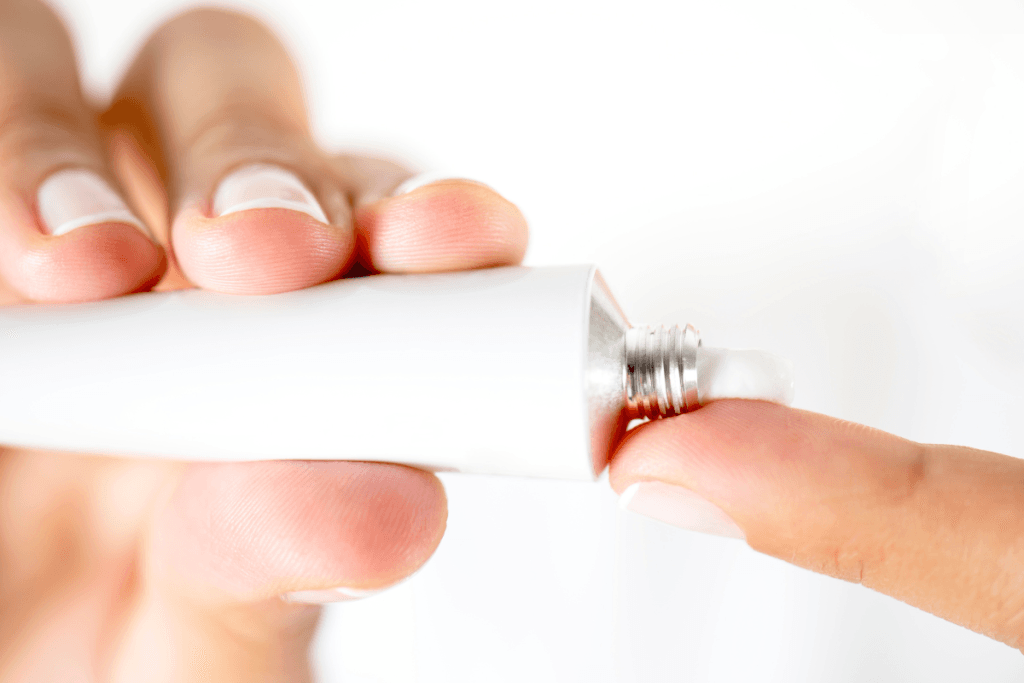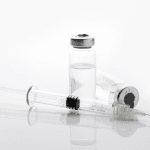Patient comfort has become just as important as clinical precision in modern aesthetic and clinical medicine. Whether you’re performing microneedling, laser treatments, dermal filler injections, or minor dermatological procedures, managing patient discomfort is essential to achieving better cooperation and higher satisfaction.
This is where topical anesthetic creams come into play. These formulations provide localized dermal numbing, making procedures smoother for both practitioner and patient. In this article, we explore topical creams’ clinical use, benefits, and application protocols, equipping medical professionals with the information needed to select and use these products effectively.
What Are Topical Anesthetic Creams Used For?
Topical creams are formulations designed to numb the outer layers of the skin, making them highly effective for non-invasive and minimally invasive procedures. They are commonly used for:
- Laser hair removal
- Tattooing or tattoo removal
- Microdermabrasion
- Injectable treatments like Botox or fillers
- Minor skin biopsies or dermatological procedures
- Piercings or waxing
By temporarily blocking nerve signals in the skin, these creams help reduce the pain and discomfort associated with such treatments, ensuring a more positive patient experience.
How Topical Creams Work
The primary agents in most numbing creams include lidocaine, prilocaine, benzocaine, or tetracaine. These ingredients block sodium channels in neuronal membranes, preventing pain signals from reaching the brain.
Once applied, the cream penetrates the skin and starts desensitizing nerve endings. The onset of action usually occurs within 20 to 60 minutes, depending on the concentration and skin barrier condition. The duration of numbness may last from 30 minutes to a couple of hours—sufficient for most outpatient procedures.
Benefits of Using Topical Pain Relief Creams in Practice
Incorporating topical pain relief products into clinical practice offers a range of benefits:
- Improved Patient Comfort: Reduces anxiety and enhances the overall treatment experience.
- Enhanced Precision: Patients are less likely to flinch or move during procedures, improving practitioner control and results.
- Non-Invasive Pain Management: Eliminates the need for systemic analgesics or injectable anesthetics in many cases.
- Versatile Application: Effective across multiple specialties—dermatology, aesthetics, laser medicine, and minor surgery.
These advantages can lead to better procedural outcomes and increased patient loyalty.
Choosing the Right Topical Anesthetic Cream
When selecting topical anesthetic creams, it’s important to consider:
- Concentration of Active Ingredients: Higher concentrations offer deeper numbing but increase the risk for adverse reactions.
- Onset and Duration: Choose a product based on the length and invasiveness of the procedure.
- Formulation Base: Creams vs. gels vs. ointments—each has a different absorption rate and suitability for various skin types.
- Brand Reliability and Compliance: Use FDA-approved or CE-marked products to ensure safety and efficacy.
Continually monitor patients for adverse reactions, especially if using high-strength formulations or covering large surface areas.
Application Protocol: Maximizing Safety and Effectiveness
Following a precise and evidence-based application protocol is essential to achieve optimal outcomes and ensure patient safety during procedures requiring topical creams. Proper application not only improves the efficacy of the numbing effect but also reduces the risk of adverse reactions such as systemic absorption or skin irritation.
Here’s a step-by-step guide for safe and effective use in a clinical setting:
1. Clean and dry the treatment area thoroughly before application.
Begin by cleansing the skin with a gentle, non-irritating antiseptic solution to remove dirt, oil, and bacteria. Ensure the area is arid before applying the cream to prevent dilution of the active ingredient and ensure full skin penetration.
2. Apply a thick, even layer of cream without rubbing it into the skin.
Dispense the numbing cream generously over the area to be treated. Avoid massaging the product into the skin, as this can cause uneven absorption and may reduce its effectiveness. A uniform layer ensures consistent anesthesia across the entire surface.
3. Cover with an occlusive dressing (if recommended) to enhance absorption.
Cover the area with a medical-grade occlusive film such as plastic wrap for procedures that require deeper numbing (e.g., laser treatments and microneedling). This traps body heat and enhances the skin’s permeability, allowing active agents like lidocaine or prilocaine to penetrate more effectively.
4. Leave on for the recommended duration—typically 20 to 60 minutes.
Timing is critical. Shorter application periods may not allow sufficient absorption while leaving the cream on too long—especially high-concentration products—can increase the risk of systemic effects like dizziness, tachycardia, or even methemoglobinemia in rare cases. Follow the manufacturer’s instructions carefully based on the specific formulation and procedure type.
5. Obtain cream before proceeding with the procedure.
After the designated time, use a sterile gauze or cloth to wipe away the cream gently. Rinse the area if necessary to eliminate any residue that might interfere with the procedure (especially important in microneedling, injectables, or chemical peels).
Conclusion
Topical anesthetic creams are indispensable in today’s clinical and aesthetic environments, offering localized, efficient, and patient-friendly topical pain relief. As patient expectations evolve toward comfort and efficiency, using scientifically formulated topical creams allows practitioners to meet these demands while maintaining high standards of care. With proper selection and application, these creams can significantly enhance treatment outcomes, reduce procedural anxiety, and foster long-term patient trust.
Frequently Asked Questions (FAQs)
How long does a topical anesthetic cream last?
Most formulations provide numbing for 30 minutes to 2 hours, depending on the product’s strength and application area.
Are there side effects to using topical creams?
Mild redness or irritation can occur. Rarely allergic reactions or systemic absorption effects may develop, especially with overuse or broken skin.
What is the difference between topical creams and injectable anesthetics?
Topical creams are non-invasive and used for surface numbing. Injectable anesthetics reach deeper tissues but are more invasive and require additional skill and time.







